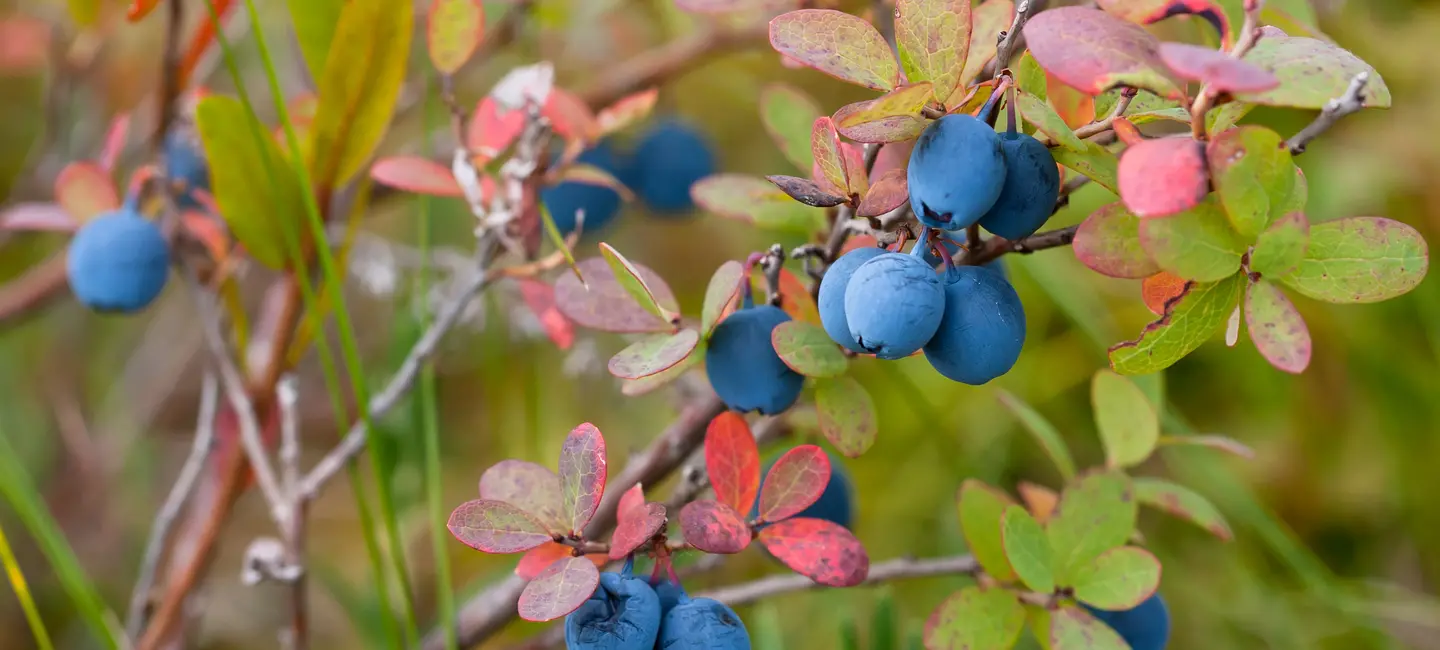
Bog bilberry (Vaccinium uliginosum) is a plant. The dried or ripe fruit is eaten as food and is sometimes used to make medicine.
Bog bilberry fruit contains chemicals that might help reduce swelling.
People use bog bilberry for eye strain, diarrhea, bladder problems, and many other purposes, but there is no good scientific evidence to support these uses.
Do not to confuse bog bilberry with bilberry or blueberry. These are not the same.
Is It Effective?
There is interest in using bog bilberry for a number of purposes, but there isn't enough reliable information to say whether it might be helpful.
Is it Safe?
When taken by mouth: The fresh fruit of bog bilberry is possibly safe when eaten as food. There isn't enough reliable information to know if bog bilberry fruit is safe to use in larger amounts as medicine. But it is likely unsafe to eat large amounts of fresh bog bilberry fruit that is contaminated with fungus. The fungus that sometimes grows on bog bilberry fruit can be poisonous in large amounts. Signs of poisoning include vomiting, mental changes, weakness, changes in vision, and other symptoms.
Special Precautions & Warnings:
Pregnancy and breast-feeding: Bog bilberry fruit is possibly safe when eaten as a food. But it is likely unsafe to consume bog bilberry fruits that are contaminated with fungus. There isn't enough reliable information to know if non-contaminated fruits are safe to use in larger amounts as medicine when pregnant or breast-feeding. Stay on the safe side and stick to food amounts.
It is not known if Bog Bilberry interacts with any medicines. Before taking Bog Bilberry, talk with your healthcare professional if you take any medications.
There are no known interactions with herbs and supplements.
There are no known interactions with foods.
There isn't enough reliable information to know what an appropriate dose of bog bilberry might be. Keep in mind that natural products are not always necessarily safe and dosages can be important. Be sure to follow relevant directions on product labels and consult a healthcare professional before using.
Airelle Bleue, Airelle des Marais, Airelle des Marécages, Airelle Noire, Arándano Negro, Embrune, Fausse Myrtille, Moosbeere, Myrtille de Marais, Orcette, Vaccinium gaultherioides, Vaccinium occidentale, Vaccinium uliginosum, Western-Huckleberry.
Information on this website is for informational use only and is not intended to replace professional medical advice, diagnosis, or treatment. While evidence-based, it is not guaranteed to be error-free and is not intended to meet any particular user’s needs or requirements or to cover all possible uses, safety concerns, interactions, outcomes, or adverse effects. Always check with your doctor or other medical professional before making healthcare decisions (including taking any medication) and do not delay or disregard seeking medical advice or treatment based on any information displayed on this website.
© TRC Healthcare 2024. All rights reserved. Use and/or distribution is permitted only pursuant to a valid license or other permission from TRC Healthcare.
